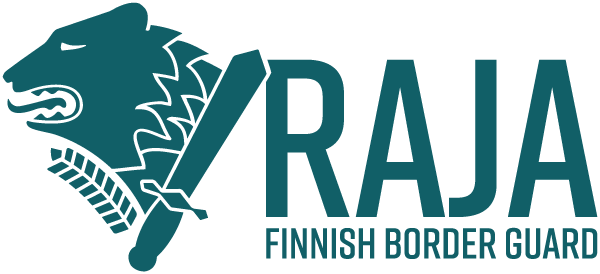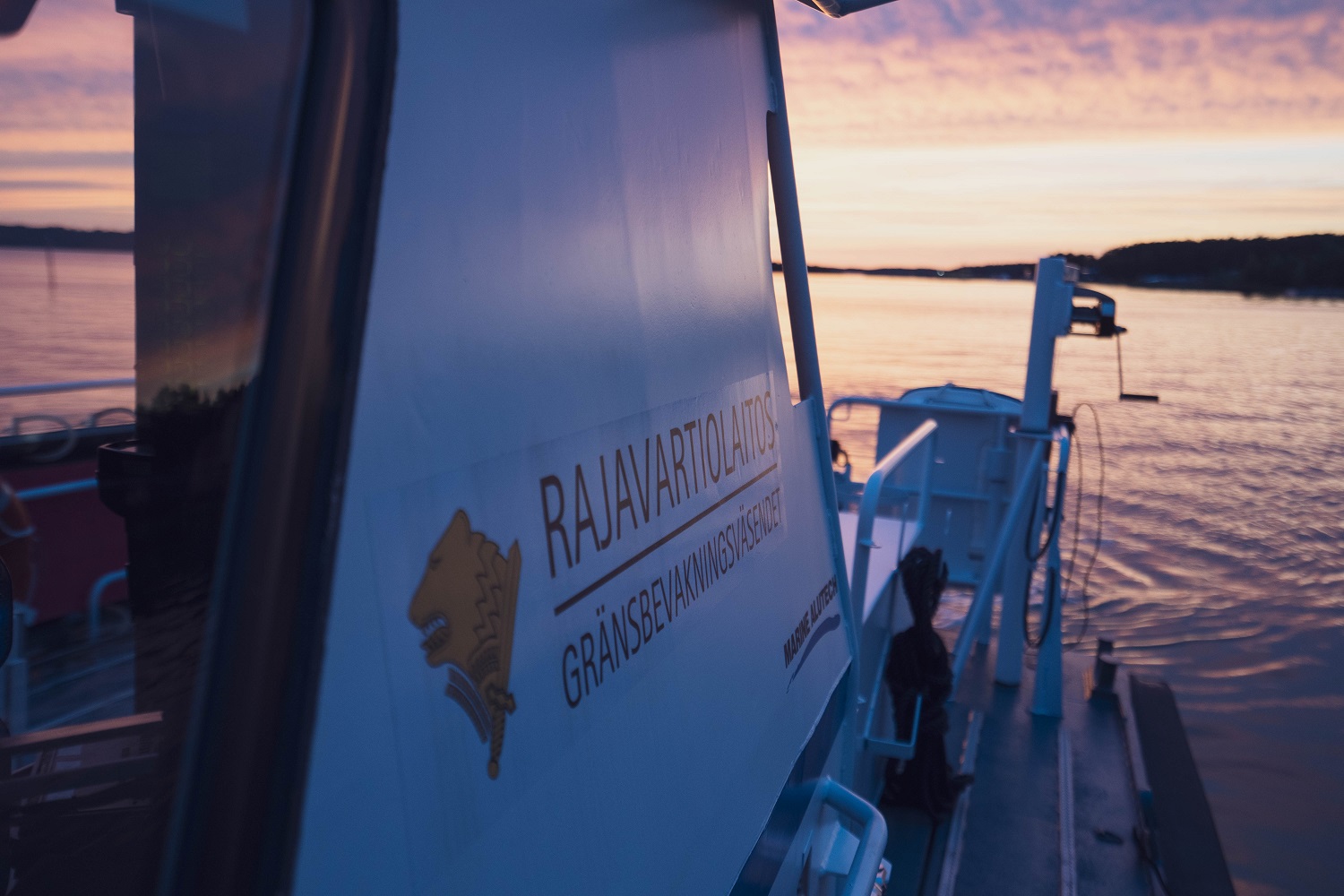Before setting out to the sea
Check your boat’s equipment and seaworthiness. Carry out technical departure checks always before departure. It is an effective way to prevent the boat trip from being interrupted and the situation possibly developing into an accident.
Motorboats and sailboats over 5 metres in length must have:
- Oars, paddle or anchor with ropes, drainage device, bailing device.
- Approved lifejackets for each person on board. Keep in mind that, in an emergency, lifejackets can only help you if they are being worn, even if regulations do not require for them to be worn.
- Approved fire extinguisher on all boats with inboard and outboard engines. This also applies to outboard motor boats with an engine power of greater than 25 kW and boats with an open flame burner.
- Nautical chart for navigation.
Also include:
- Extra fuel. Ensure that there is enough fuel.
- Spare mobile phone battery
Check always before starting:
- Fuel
- Coolant liquid
- Engine oil
- Belts
- Bilge
- General overview
Check after starting:
- Cooling liquid circulates
- No leaks in the engine room
- No abnormal sounds
- Meter indications are normal
Remember to:
- Check the weather forecast.
- Tell your planned route to your family or friends and let them know if it changes. Also tell them how to identify your boat.
- Make sure your communication equipment is working. Remember that a reliable VHF radio will improve your safety.
The blood alcohol limit for boaters is 1.0 ‰
If you are in distress at sea
- If you are in distress, contact the nearest Maritime Rescue Co-ordination Centre or Subcentre using the VHF radio, telephone or other rapid method. Calling the Maritime Search and Rescue alarm number, you will be immediately connected to the closest Maritime Rescue Co-ordination Centre.
Maritime rescue hotlines:
Alarm hotline 0294 1000
Marine Rescue Centre MRCC TURKU 0294 1001
Marine Rescue Subcentre MRSC HELSINKI 0294 1002
Radio channels:
VHF-DSC 70
VHF channel 16
MF-DSC 2187.5 kHz
You can also call the general emergency number 112. Emergency response centres relay and receive notifications.
- State your name, the name of your boat, and where to reach you.
- Calmly tell what has happened, what kind of assistance you need, how many people are on board, and the exact location of your boat. Please remember that some islands’ names may have changed in newer nautical charts.
- Make sure to also say if someone is injured or the boat or if lives are in danger.
- Try to describe your boat.
- Do not hang up until you are told you can.
- If your situation changes, notify Rescue Services immediately.
Contact the Maritime Rescue Co-ordination Centre also, if you see someone else in distress at sea. Keep in mind that hypothermia is a risk in Finnish waters all year round.
Maritime rescue is free of charge in Finland.
Common distress signals
Use distress signals if it is necessary. Remember that distress signals may only be used if you are in distress.
Common distress signals:
- “MAYDAY” on the radio
- red rocket parachute flare
- SOS (. . . - - - . . . ) as a light or sound signal
- red hand flare
- slow and continual raising and lowering of outstretched hands to the side of the body
- uninterrupted sound signal using e.g. a fog horn
Watercraft equipment is specified in the Water Traffic Act: Water Traffic Act (Finlex)

